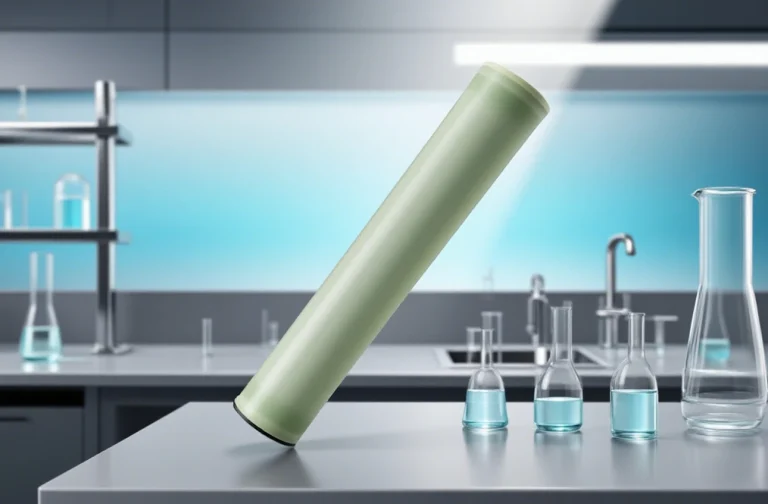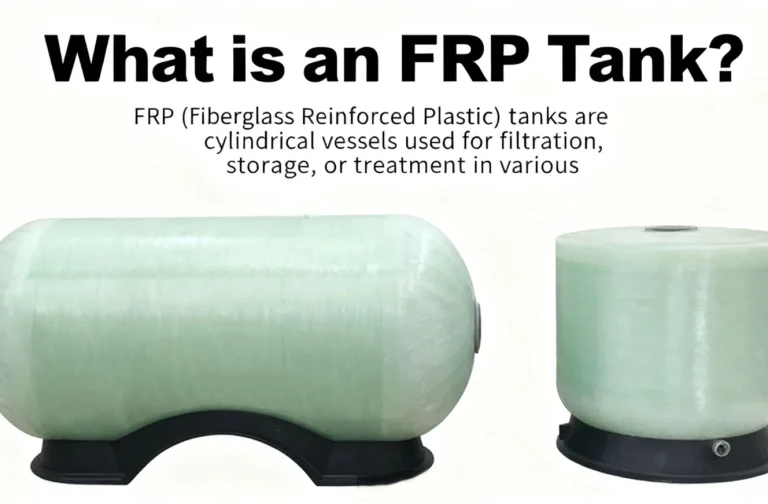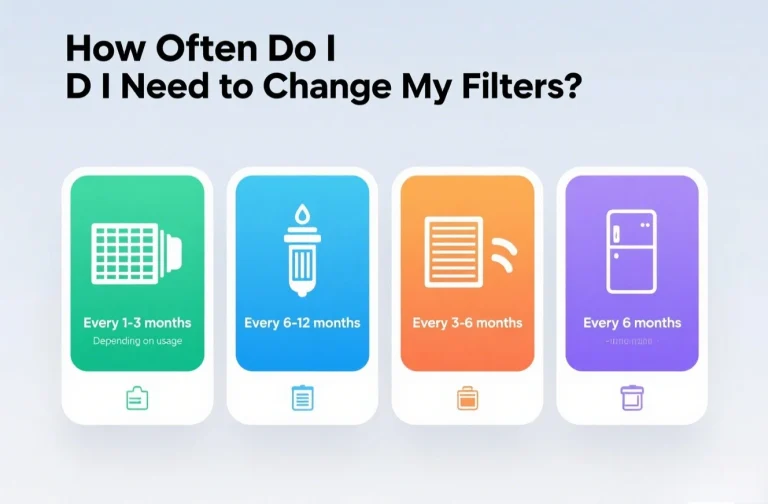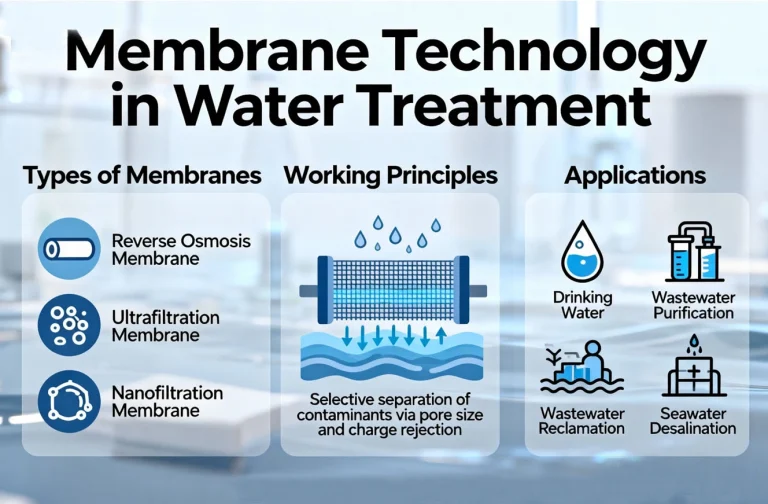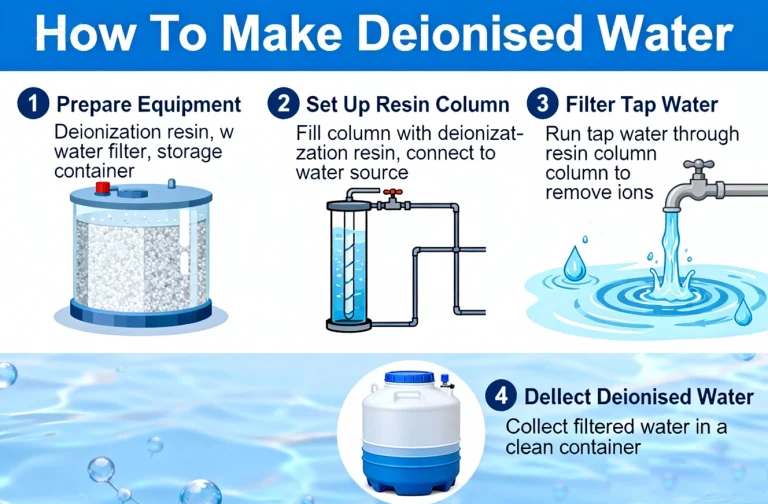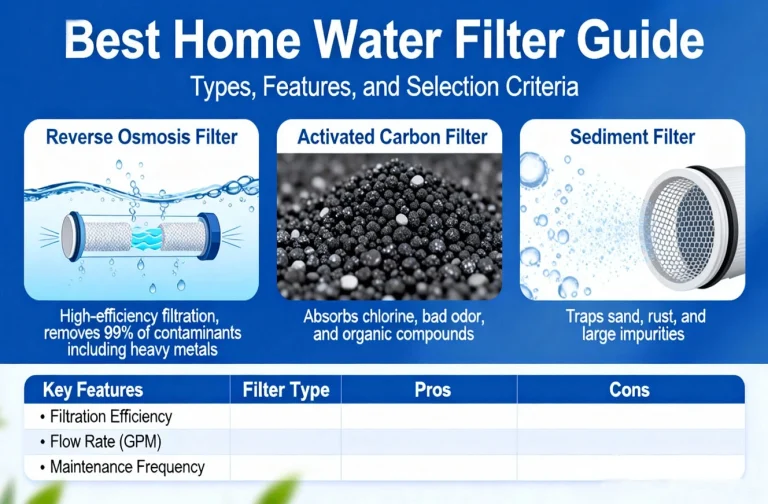BasideWT- Whole Home Water Filtration System & Replacement

What is a Watermaker on a Boat?
What is a Watermaker on a Boat? A watermaker is a device that converts seawater into drinkable freshwater. It typically uses reverse osmosis (RO) technology to remove salt, minerals, and impurities. By forcing seawater through semi-permeable membranes, it produces clean, safe water suitable for drinking, cooking, and washing.
Think of it as a compact desalination plant on board. Some models are small and manual, while others are large, automatic, and capable of producing hundreds of liters per day.
Beyond the Basics: How Does a Marine Watermaker Actually Function?
So, how does this magic happen? It’s not magic; it’s science. The core process is reverse osmosis (RO). Think of it as a super-powered filter. It forces seawater through a special membrane. This membrane has incredibly tiny pores. These pores allow water molecules to pass through. However, they block salt, minerals, and impurities. The result? Pure, fresh water on demand.
The process has key stages:
- Intake: Seawater is drawn from outside the boat.
- Pre-Filtration: It passes through initial filters. These remove large debris and sediment.
- Pressurization: A powerful high-pressure pump pushes the water. This pressure is essential for reverse osmosis to occur.
- Separation: The pressurized water hits the RO membrane. Fresh water permeates through. Concentrated brine and impurities are discharged overboard.
- Post-Treatment: Often, the fresh water is mineralized or polished for perfect taste.
Therefore, this sophisticated system provides a continuous supply of water. It effectively makes your boat self-sufficient.
Why Install a Desalination Unit? The Compelling Advantages for Boaters
Why invest in this technology? The benefits are profound. They transform your cruising experience.
First, consider autonomy. You are no longer tied to marinas. You can explore remote anchorages for weeks, or even months. Your freshwater supply is limited only by your fuel or power for the system. This is true freedom.
Next, think about safety and convenience. Carrying large water tanks adds significant weight. This weight slows the boat down and affects performance. A watermaker allows for smaller tanks. You produce water as you need it. Furthermore, you avoid the potential health risks of contaminated shore water. You control your water’s purity.
Finally, it offers unmatched reliability. Modern systems are robust and designed for harsh marine environments. With proper maintenance, they provide years of dependable service. Isn’t peace of mind the ultimate luxury at sea?
Exploring the Different Types of Boat Desalination Systems
Not all watermakers are the same. Choosing the right type depends on your boat and lifestyle. The main categories are defined by their power source.
Engine-Driven and AC-Powered Water Purification Systems
These are the powerhouses. Engine-driven units connect to your main engine’s pulley system. They use the engine’s power to run the high-pressure pump. They are incredibly efficient. They can produce a high volume of water quickly. Similarly, AC systems run off a generator or shore power. They are perfect for large yachts with powerful generators. Their output is often measured in gallons per hour. They are ideal for high-demand scenarios.
DC-Powered and Portable Reverse Osmosis Devices
What about smaller boats or those off the grid? DC-powered units are the answer. They run directly from your boat’s battery bank, often through an inverter. Advances in energy efficiency have made these systems hugely popular. They draw less power than a few light bulbs. Yet, they produce ample water for a couple or a family. Even more compact are portable units. These can be stored away and set up when needed. They offer incredible flexibility for versatile cruising budgets.
Key Components of a High-Quality Vessel Water Generator
Understanding the key parts helps you make an informed choice. Every system relies on a few critical components.
- High-Pressure Pump: This is the heart of the system. It must be durable and corrosion-resistant.
- Reverse Osmosis Membrane: This is the soul. The membrane’s quality determines the purity of the water.
- Pre-Filters and Post-Filters: These are the guardians. They protect the membrane and ensure great-tasting water.
- Control Panel and Monitors: These are the brains. They provide data on pressure, salinity, and production rates.
Investing in quality here ensures longevity and performance. Don’t compromise.
Selecting the Perfect System: A Buyer’s Guide for Mariners
Choosing can feel overwhelming. Focus on these key factors.
Consider your daily water needs. A couple will need less than a family of four. Calculate your typical usage. Then, select a system that can meet that output in a few hours of daily operation.
Evaluate your power resources. Do you have a generator? Is your battery bank large and supported by solar or wind? Your power reality will dictate whether an AC, DC, or engine-driven model is best. An energy-efficient DC unit is often the smartest choice for most cruisers.
Think about space and installation. Where will it go? Some systems are modular. Others are compact, all-in-one units. Plan the installation carefully. Ensure easy access for maintenance.
Finally, set a budget. Remember, this is a long-term investment in your cruising comfort. Balance upfront cost with reliability and future service needs.
Essential Maintenance for Your Onboard Reverse Osmosis Unit
A watermaker is not install-and-forget equipment. It requires regular care. However, the routine is simple.
The most critical task is flushing. After every use, you must flush the system with fresh water. This cleans the membrane of salt and residues. If you won’t use it for a while, you must pickle it. This involves circulating a preservative fluid to prevent bacterial growth.
Additionally, pre-filters need regular changing. The high-pressure pump may need occasional service. Following the manufacturer’s schedule is vital. Consequently, this maintenance ensures your system lasts for thousands of hours. It guarantees every drop of water is clean and safe.


